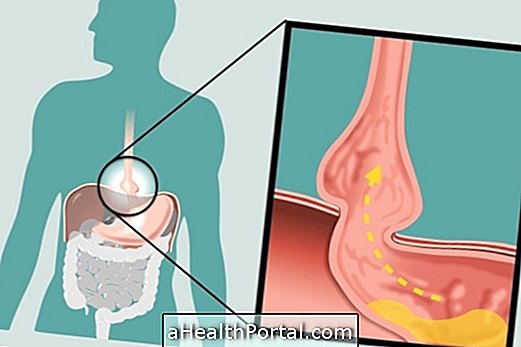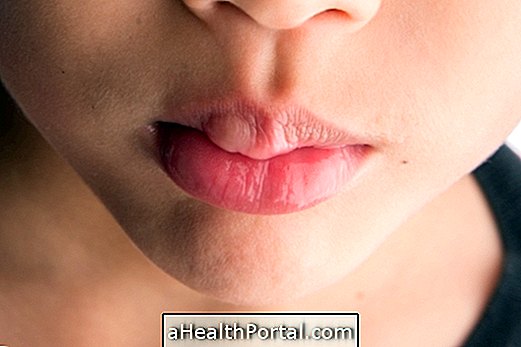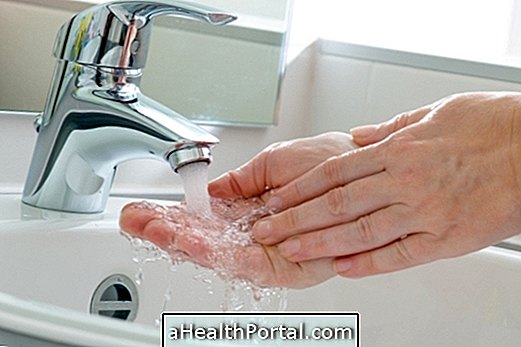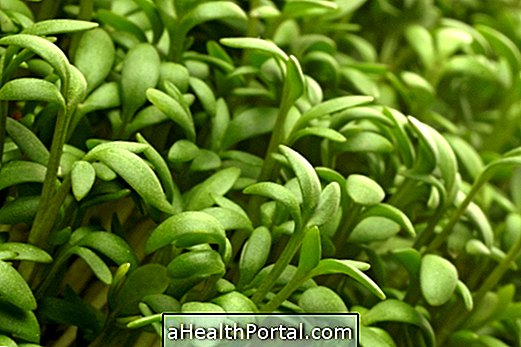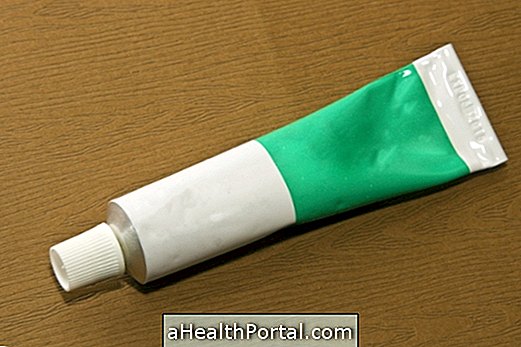Fluid retention is the abnormal accumulation of fluid within the body's tissues, being more frequent in women during menstruation or pregnancy.
Fluid retention is most commonly seen on the face, legs and back, causing swelling of the affected part of the body and decreasing the amount of urine.
The individual with symptoms of fluid retention should seek a general practitioner to perform tests, such as a blood test, and identify the cause.
Causes of fluid retention
The main causes of fluid retention are:
- Increased salt intake;
- Periods of great hormonal variation;
- Kidney problems;
- Liver diseases;
- Heart problems;
- Changes in thyroid function.
Depending on the cause of fluid retention it may be necessary to consult a medical specialist to initiate appropriate treatment.
How to Eliminate Fluid Retention
To eliminate fluid retention the patient should:
- Drink about 2 liters of water per day, to facilitate the functioning of the kidneys;
- Do regular exercise of at least 30 minutes a day;
- Avoid eating foods high in salt;
- Wear elastic stockings during the day;
- Avoid standing too long, sitting or with legs crossed;
- Raise your legs at the end of the day.
See other tips:

When the individual can not eliminate fluid retention it may be necessary to use diuretic remedies, such as Furosemide, or treat the underlying problem.
However, another good choice for stopping fluid retention is the use of lymphatic drainage, which consists of a massage by a therapist that carries excess fluid into the lymphatic vessels.
Fluid retention in pregnancy
Fluid retention in pregnancy is a normal symptom, because during pregnancy there is an increase in the production of the hormone relaxin that causes the dilatation of the blood vessels. Thus, a greater accumulation of fluid, especially in the legs of the pregnant woman, is allowed.
To avoid fluid retention during pregnancy the woman should rest a lot during the day, do regular exercises with her legs and raise her legs at night.
See too:
- Home Remedy for Fluid Retention
- Apple for liquid retention
- Fluid retention, what to do
